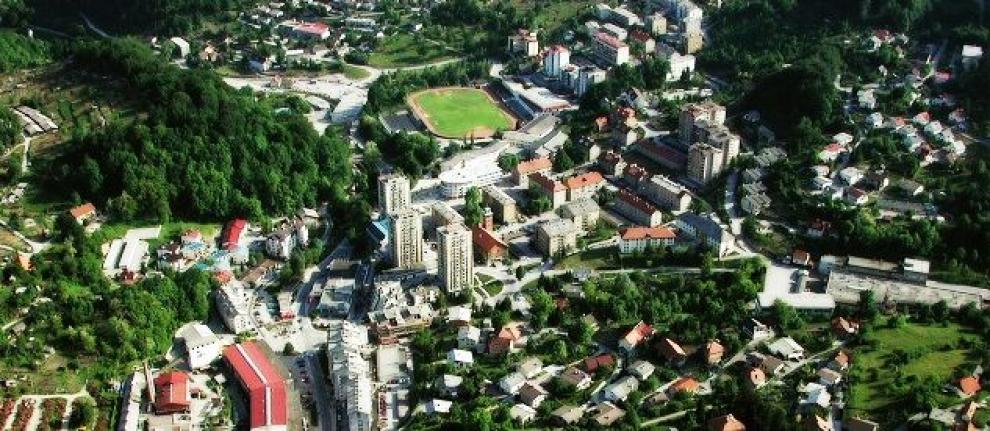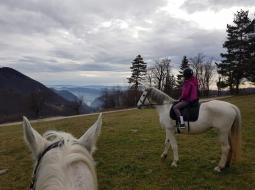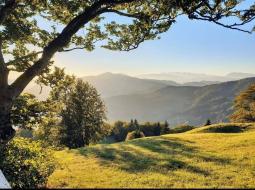Thessaloniki gets ready for its metro launch in November
The underground rapid transit lines have been under construction for almost two decades due to various project delays
 TheMayor.EU logo
TheMayor.EU logo 
Hrastnik's story begins somewhere at the beginning of the 1st millennium. A discovery made in the 1990’s shows that boatmen used to pass this area in the period between 1st and 4th century. The Sava river was known to be very dangerous and unpredictable, and for that reason people built a sanctuary on its shores. There, they used to pray for or thank for a safe passage. The river was the first main path used mostly for carrying cargo. The valleys surrounding the river were already populated, but people mostly engaged in agriculture – a key pillar of their survival. Coal has played a large part in the development of Hrastnik. Realizing that it burns better than wood (with the latter also taking a lot of time to renew itself), the local coal mine was bought by a bigger coal company from Trieste. They managed to increase production and to create an industrial railway. Due to the proximity to the better energy source, two factories also moved to this valley. In 1859, the Trieste tin factory moved to Hrastnik where the chemical factory was established as its successor. A year later the glass factory from Jurklošter arrived to its fourth and final destination. They both started operating in 1860 and continue to produce new products even to this day. The three industries provided a secure base for the town’s development. The year 1849 saw an even an earlier breakthrough for the valley. The miner’s band played to welcome the first train arriving on the newly built part of the historic Austrian Southern Railway. The railway allowed for further development due to better connections. The town was first a part of the old Trbovlje municipality, while Dol formed one if its own. In 1934, Hrastnik became a part of the Dol municipality and later turned independent in 1955.
Hrastnik is an old town of miners and glass workers. It was created within a narrow valley of Boben and Brnica (two streams) and on the hills surrounding it. It has an estimated population of 9,140 people (1st January 2020) with a total area of 58.58 square kilometres. The town has 19 settlements which are divided in 10 local communities: Boben, Dol pri Hrastniku, Kovk, Krnice-Šavna peč, Marno, Podkraj, Prapretno-Plesko, Rudnik, Steklarna, Turje-Gore. The urban part of the town consists of administrative, financial, cultural, health, sports, and other facilities.
The municipal holiday is celebrated on 3 July in memory of the miners’ hunger strike in 1934.
Hrastnik’s strongest economic fields are the secondary and the tertiary sector. Industry is the field which still plays the main role in the local economy. Steklarna Hrastnik (Hrastnik Glass Factory) is the biggest local manufacturer that in addition to products is also responsible for a large part of the employment opportunities in the town. TKI Hrastnik (Hrastnik Chemical Manufacturing Plant) is slightly smaller but is also a big employer in the valley. In addition to the two mentioned, there are also several smaller companies which are successful, such as Forstek, Sinet, Bonpet Ltd., RTCZ Ltd, etc. Many other residents people work in building industry, trade, banking, tourism, public sector and crafts.

Mišin dol (the top of a hill with a small valley named by a horse Miša) is a place that is largely visited by children of all ages. Here, a teacher once decided to combine her love and passion for working with children and horses. She created a place where children can celebrate their birthdays or go on a week-long camping trip in order to learn how to work with horses or how to work on a farm.

Address: 5 Pot Vitka Pavliča. Hrastnik SI 1430